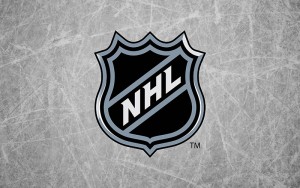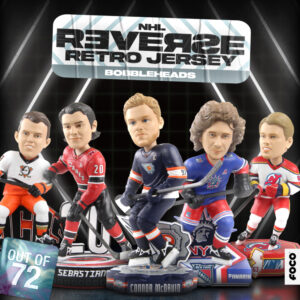You are on a shift, make a good poke check to cause a turnover. You are starting up the rink when all of a sudden your front wheel jams. You know you have problems. You dump the puck, make a bee-line for the bench, only to find out that your wheel has seen it’s last days.
Yep, that’s me, the poor sucker who now is faced with a few choices. Sure I could get another wheel for a replacement, but my other wheels are showing some major wear. OK, the next option is to purchase 8 new wheels and call it a day. Well, my skates have been used for 2 years now and they too are showing some wear as well as lacking the performance of some of the new skates. So what should I do? Simple, buy new skates.
A few things to keep in mind while crossing the void of your old skates and upgrading to new ones.
First: assess your play. Sure we want to think we are the Ovechkin of the weekend leagues, but let’s be realistic. Understanding your level of play helps you pick a skate. Maybe you don’t need that top-of-the-line skate because you’re not quite there. Or on the flip side, maybe you’ve improved and you need to get out of those beginner skates and jump up a level.
Second: know the technical side of skates. There is a lot of things when it comes to skates, most of which I do not know enough about. But what is important is knowing about bearings and wheels.
Bearings
OK, in reality, you need to be an engineer to really know about bearings. Bearings are rated on an ABEC scale. ABEC stands for Annular Bearing Engineering Committee and rates the manufacturing tolerances of precision bearings. The ratings are 1, 3, 5, 7 and 9, with 9 being the highest rating. There is also Swiss made ones that top the end of the spectrum.
A confusion among most players is that the better the bearings the “faster” you go. In reality, there is quite a debate whether an ABEC 1, ABEC 9 or even Swiss really varies much. The reasoning is because the ABEC rating has to do with precision of which the bearings are made, as well as the RPM and the stability at that RPM. An average skater does not skate faster than 12.4 mph/ 20 kmph, a speed at which all ABEC ratings can handle.
When all is said and done, don’t let an ABEC 5 to an ABEC 9 make or break the deal. They all are good, just clean them out and take care of them and you will be fine.
Wheels
Wheels are based on durometer, a numerical expression that indicates the hardness of the wheel. Wheels range from 72A (xx-soft) to 84A (asphalt/outdoor use).
Wheels are a little tricky, for indoor players especially. We all want the grip to not only refrain from falling, but to have that additional edge of not sliding and getting that extra step. The first solution is what most people jump to; buy the softest wheels for best friction. Sure we have been told go with your first gut instinct, but that is not always right. Do your homework, or at least look at the chart below. The chart gives a breakdown of what wheel to use according to player weight. The logic; too soft and the wheel compresses so you actually lose grip, instead causing friction and losing the extra step you want.
|
72A |
150 lbs. or less |
|
74A |
up to 190 lbs. |
|
76A |
up to 210lbs. |
|
78A |
190 lbs. – 250 lbs. |
All weight ranges are for indoor/sport court surfaces
Third: set a budget. Sure we all would love to drop as much money as possible, but we work hard for our money, and as much as we try and convince ourselves, having the best of the best equipment does not directly equate to better play.
Combine the first step, assess your level of play, with some searching on the web, and this will help narrow down your pay range. Inline Warehouse is a good site to use for your searches. Once you click on a skate, you can see a nice little line that say, “Level of Play”. For example, this Mission Axiom T6 Roller Hockey Skates Sr 11 are ideal for intermediate to advanced level of play.
Fourth and last bit of advice: go to your local store and try the skate on. Nothing is more important than the feel of the skate. If you are like many in this technical age, buying online most of the time is cheaper than in the store. The problem you run into with online purchasing is getting the appropriate size. Look on your favorite website like Inline Warehouse, do your research on which skates they have to offer and what fits with the steps listed above, try the skates on and then go back home and order them.
One major pitfall to avoid is the thought that all skate makers fit the same sizes. Not true. Some skates fit smaller while others a little more room. You could be a 9 in one skate and a 7 in another. Try them all on.
Ending: I hope you enjoyed the article as I have done a decent amount of research to get this much written. Since I am really in the predicament of purchasing a new pair of skates, please weigh in with the steps provided as well as your own knowledge of skates. I’ve listed two skates below, but I am open for other suggestions.
Need to know information: intermediate to advanced level of play, 190 lbs., can go up to $275 but always nice to stay under $200, tried both skates on and both feel good.
Skates I am looking at: Bauer Vapor RX20 ($169.99) / Bauer Vapor RX25 ($249.99)



[…] in the month I wrote an article on Inline Hockey Skate Shopping. Using the information from the article, I purchased a new pair of skates, the Bauer Vapor RX20. […]